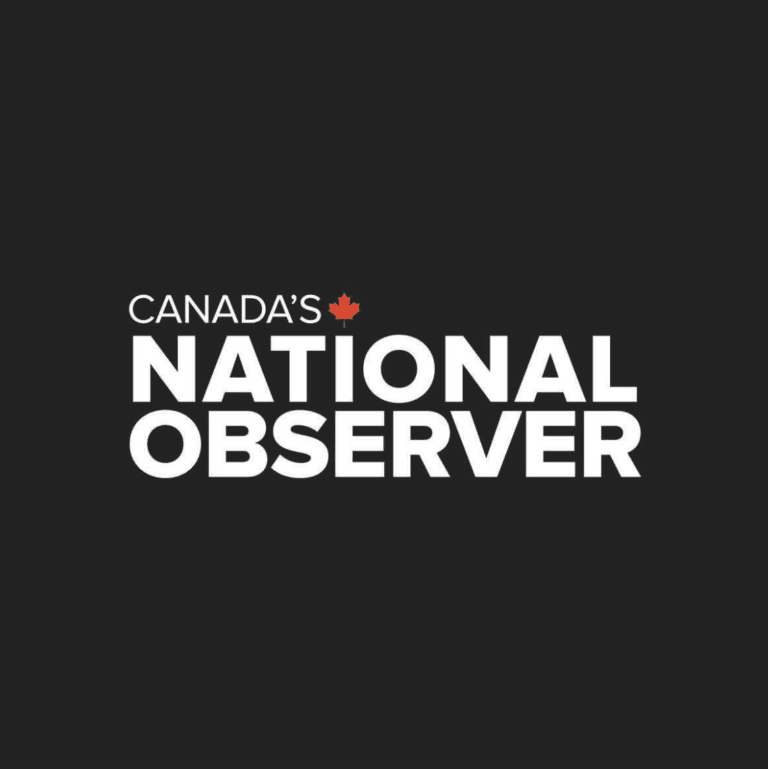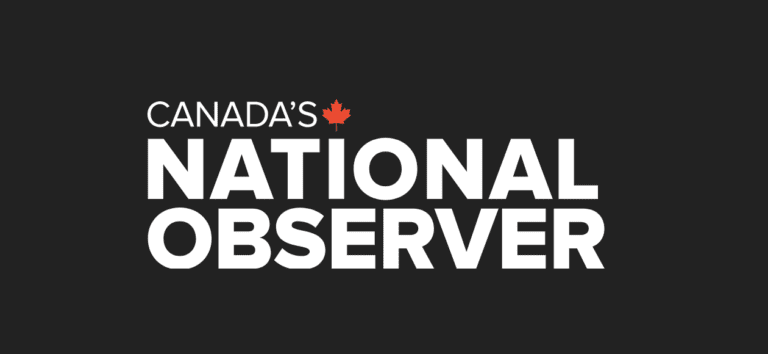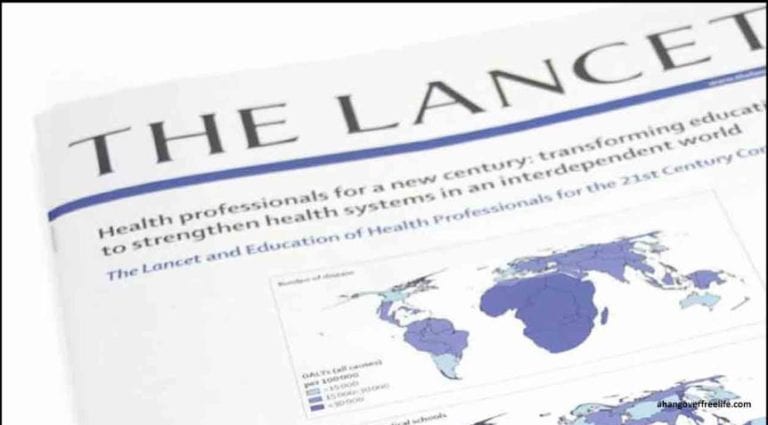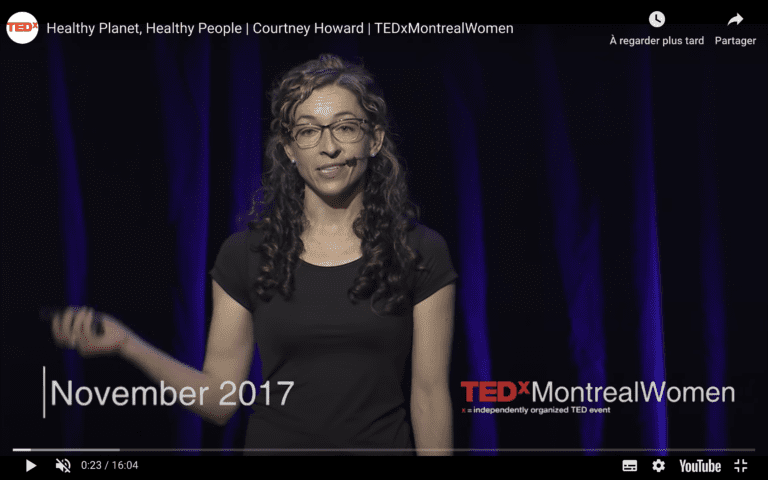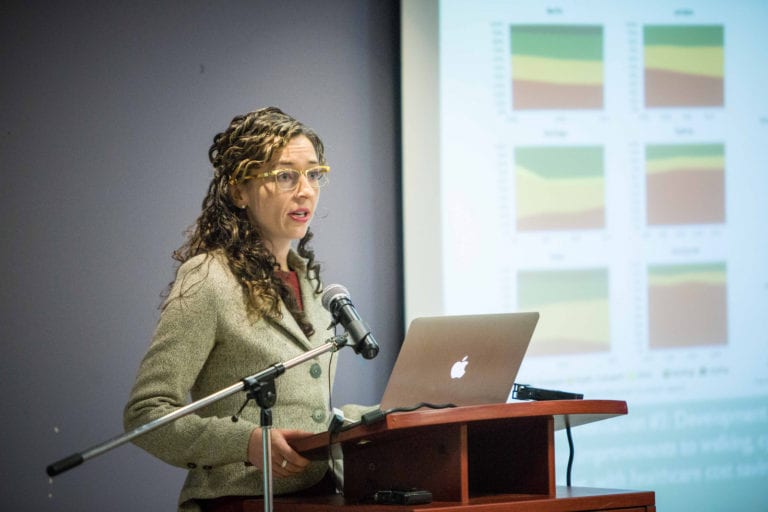15 mars, les Ides de mars. Des centaines de milliers de jeunes et d’alliés sont dans les rues, marchant pour une planète plus saine: les images apportent des larmes à mes yeux.
Il y a un sentiment d’un diagnostic fait, en masse. Les enfants du monde ont évité le système créé par les adultes, les écoles, comme étant inadéquates pour le moment. Ils se regardent dans les yeux, confirmant que le changement climatique est une menace existentielle pour leur santé et leur bien-être, et que leurs aînés n’ont pas réussi à les protéger. Le leadership des adultes est remis en question à l’échelle mondiale sans précédent.


